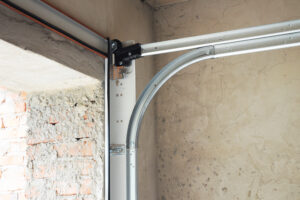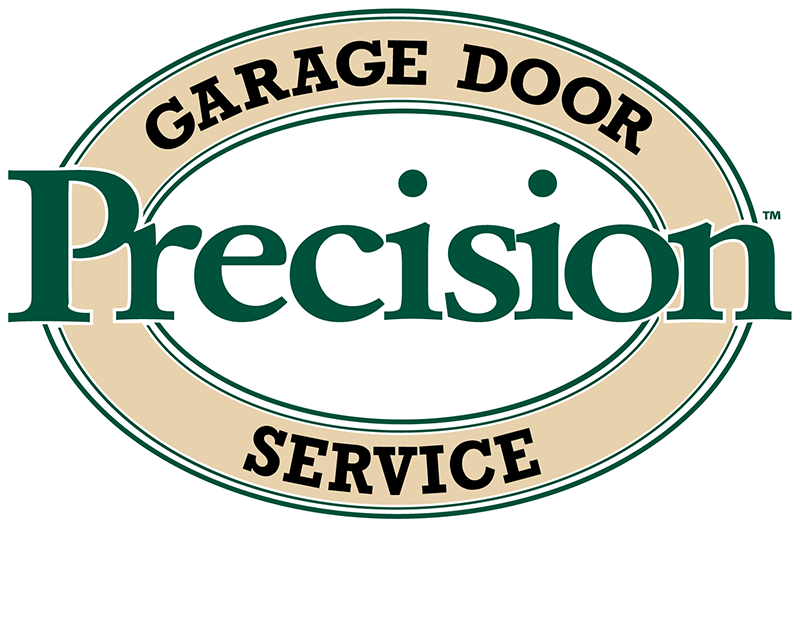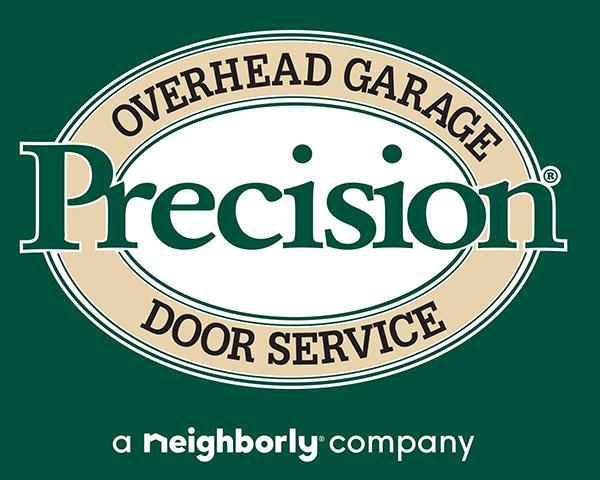
What You Need to Know About Your Garage Door’s Springs
Torsion springs do a lot of work when it comes to helping your garage door operate safely and effectively. So, you may be wondering how long you can expect these important springs to keep doing their job. You may even be curious about the signs to look for that suggest it’s time for spring repair or replacement. Here’s what you need to know about garage door springs in Orange County.
Many Factors Can Contribute to Torsion Spring Damage
Wear and tear, rust and corrosion, and issues with poor installation are just some of the factors that can contribute to damaged springs. Periodically spraying your springs with WD40 helps prevent rust. With poor installation problems, it’s often best to have new springs installed the correct way. This is especially true if one long spring was used instead of two to support your garage door.
There Are Ways to Tell How Well Your Springs Are Holding Up
You don’t have to wait until your garage door’s springs break to have them fixed or adjusted. One way to check your springs is to pull the emergency cord. This allows you to lift and lower your door by hand. Pay attention to any squeaking noises you hear. Apply WD40 if you do hear these sounds. Also, raise your garage door off the ground by hand. If it quickly falls down, it’s time to have your springs repaired or replaced.
Garage Door Springs Are More Susceptible to Damage After 10,000 Cycles
You are more likely to have issues with broken garage door springs when you reach the 10,000 cycle point with your garage door. A “cycle” occurs each time your garage door rises and falls. Depending on how often you use your garage door, your springs could reach the end of their life expectancy anywhere from 7-10 years to 15 years or more. Being proactive with Orange County garage door repair and maintenance can also help minimize the need for spring repairs.










